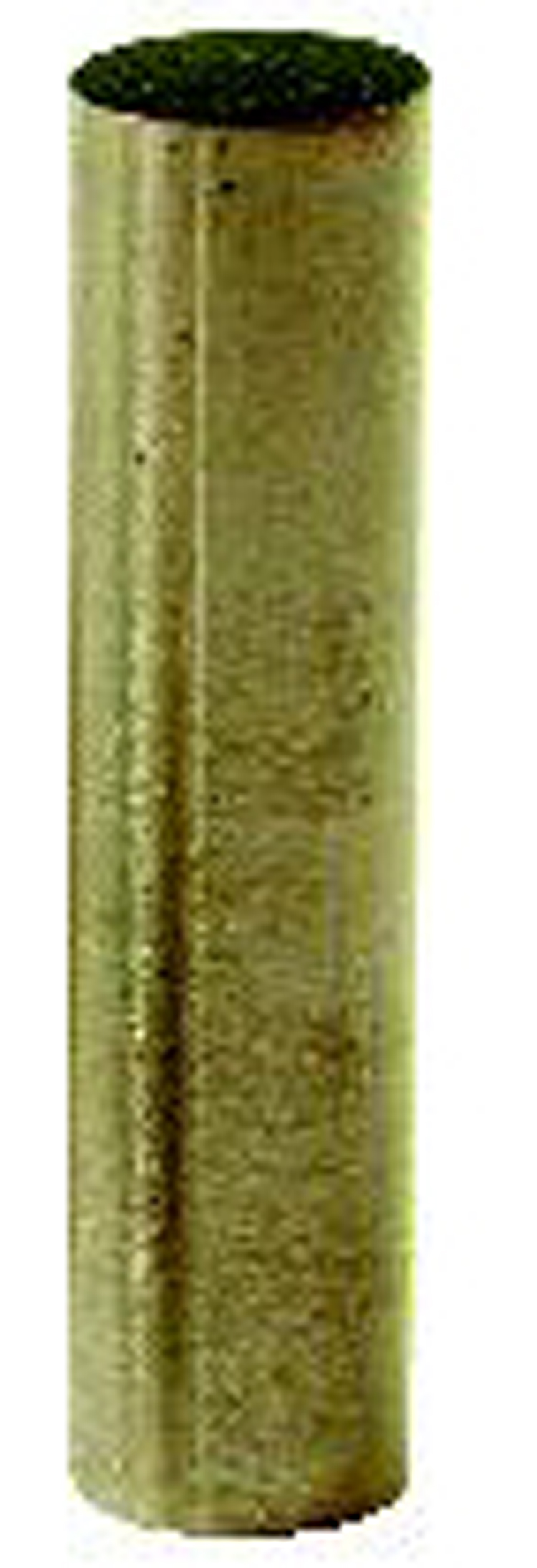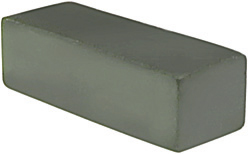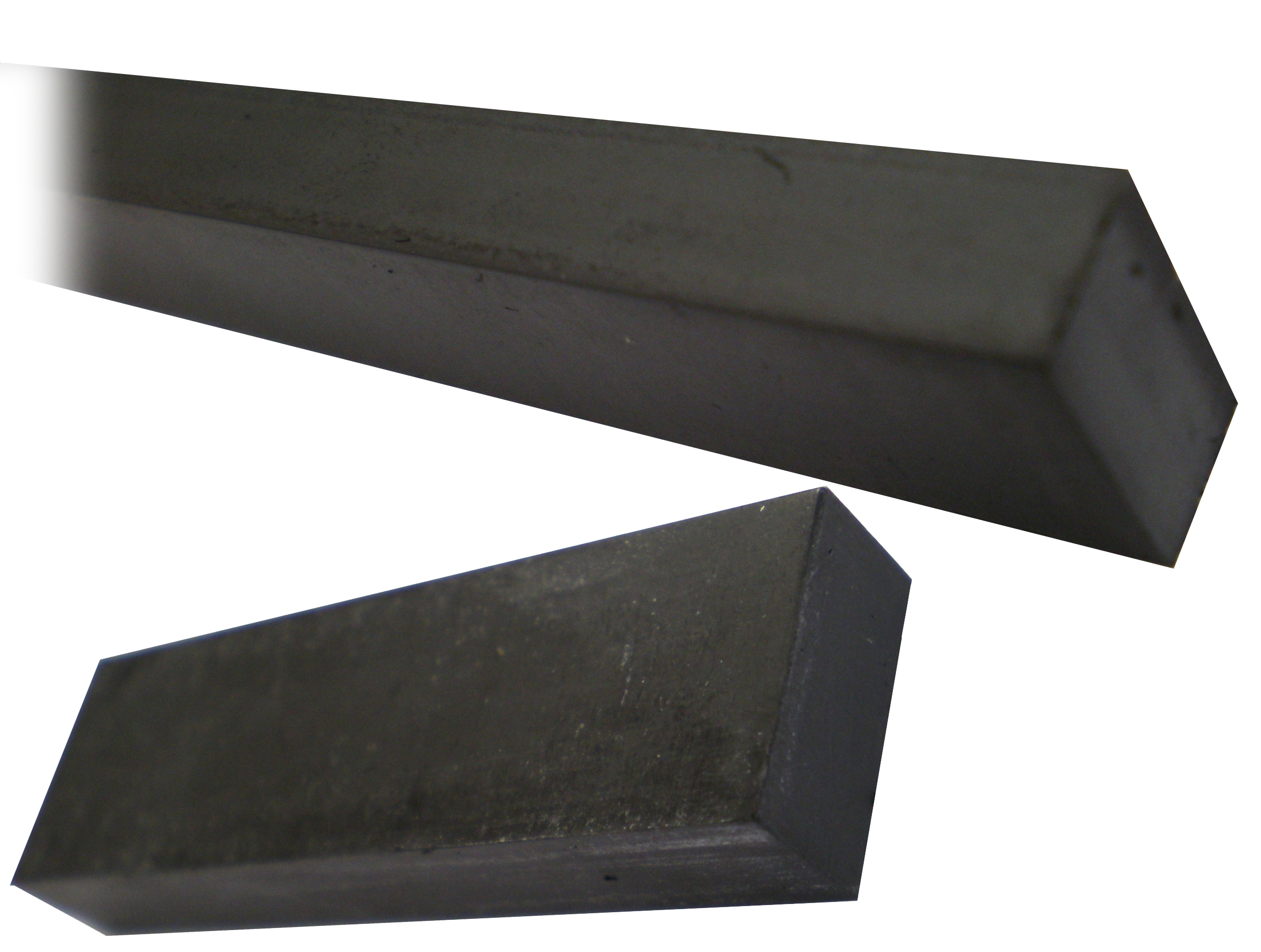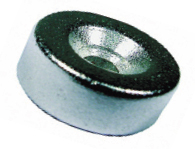Blog - EXPERTISE & INNOVATIONS - Magnetic Sensors - Control Magnets
To control Reed switch or HALL effect cell magnetic sensors, a magnet must be used.
A magnet is a material or object that produces a magnetic field.
A permanent magnet is made from a material that is magnetized and creates its own persistent magnetic field.
Materials that can be magnetized are called ferromagnetic. These include materials like Alnico, Ferrite and Rare Earth. Alnico and Ferrite are considered as «hard» ferromagnetic materials.
celduc relais offers a wide assortment of bare and packaged magnets are available for many sensing applications. Control magnets are available in a variety of sizes and shapes with different types of materials.
In our range there are 3 families of magnets to be chosen according to the application (working temperature, geometry, resistance to corrosion).
ALNICO magnets were discovered around 1930 and were the first magnets to truly deserve the title of «permanent». Previously, magnets were made from special steels with poor magnetic properties.
ALNICO magnets are made from metal alloys mainly composed of cobalt (5 to 40%), nickel (10 to 20%), aluminium (7 to 9%), and iron (40% to 70%). Depending on the grades, copper and titanium are also added.
They have an exceptional temperature behavior. Indeed, their maximum operating temperature is the highest of all magnetic materials for industrial magnets. ALNICO magnets can be used up to 500°C without significant loss, which is a record among all magnet families.
They also have a good resistance to corrosion.
ALNICO magnets are generally supplied in bars which should have a length of minimum x4 the diameter.
celduc’s types of Alnico magnets :

—U315P003S, ⌀3x15mm
—U4200000, ⌀4x20mm
—UB105000, ⌀10x50mm
They are made from iron oxide and strontium carbonate by ceramic processing technology, also called ceramic magnets.
FERRITE magnets are popular because of their stability, affordable price and excellent magnetic properties. They also have a strong resistance to corrosion. Like lots of magnet, temperature affects their behavior. Our FERRITE magnets can be used up to about 250°C and they are less effective in colder temperature, particularly below 0°C.
FERRITE magnets are usually supplied in parallelepiped block, disc or ring.
celduc’s types of Ferrite magnets :
 -UF207760, 20,5×7,7x6mm
-UF207760, 20,5×7,7x6mm
-UF221105, ⌀22x11x5mm
These magnets were the first rare earth magnets to be marketed in the 1960s. Due to its high performance magnetic properties, this type of magnet is still widely used. These magnets are very resistant to corrosion, and therefore ideal for medical applications for example. SmCo magnets can be used up to temperatures of 250 ° C and are relatively insensitive to demagnetization factors.

These magnets are the most technologically advanced products in the market. Extremely strong for their size, Neodymium rare earth magnets are composed of neodymium, iron, boron and a few transition metals.
Due to their high magnetic strength, they are the preferred choice for many industrial and technical applications.
Neodymium magnets are less costly than other rare earth magnets such as Samarium Cobalt but they are however, more sensitive to temperature. For applications where this is critical SmCo may be the better choice, since its magnetic properties are very stable at elevated temperature.
Without coating or plating they will fail immediately in a humide environment as they have a bad resistance to corrosion.
celduc’s types of Rare Earth NdFeBo magnets :

—UR801000, ⌀8x10mm
celduc® relais is at your disposal to help you define the correct magnet/sensor arrangement according to your needs /operating conditions.
The choice of the sensor/magnet pair must be made according to the terms of use
REMINDER: The guaranteed activation distance depends on the sensitivity of the sensor and of the power of the magnet. As a guideline, in this selection guide, we clarify the guaranteed distance of activation with a given magnet but celduc® remains at your service to offer the best magnet/sensor pair according to your needs.
We remind you that proximity sensors and reed switches are the most common and most economical solution for non-contact object detection. To see our complete range of magnetic proximity sensors